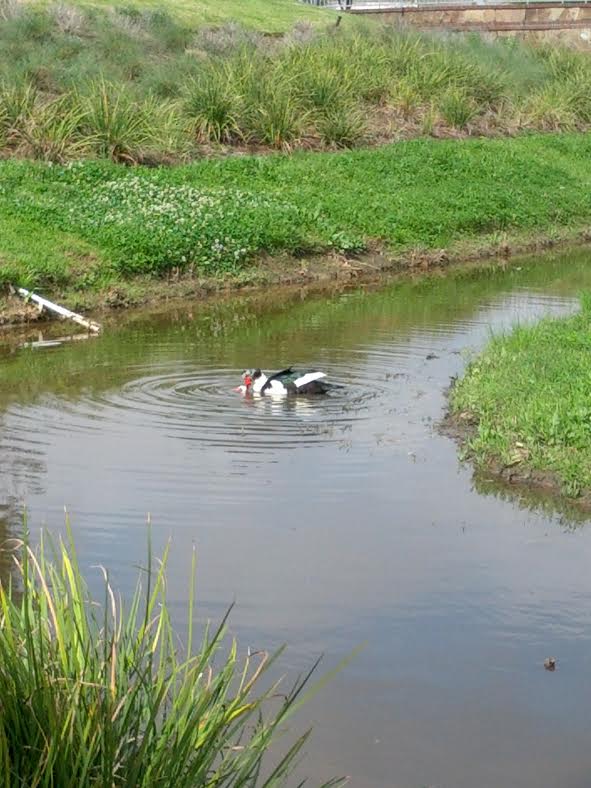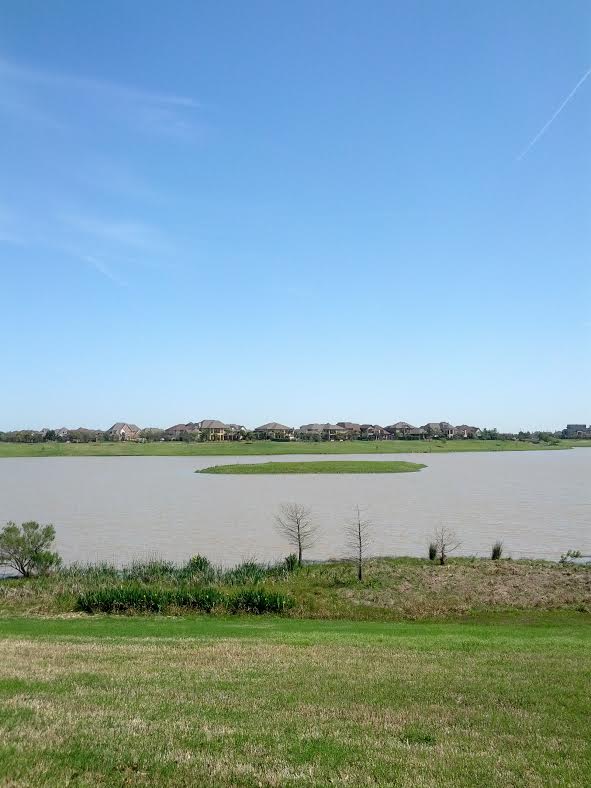Lately I’ve been reading about hunting, to explore this new interest my son has. Something struck me that I never really thought about before; just like how in birding it is not enough to just know how to identify your species but one should also know its habits, hunting is more than just aiming a weapon at an animal and taking it down. I was aware that stalking and hiding was important in the hunting paradigm, but it is the observation of the relationship between the animal and its environment that is critical in being efficient in the hunt. You have to know where and when that animal might head to water, or what and when it eats, how it spends its day, what its mating rituals are like. Knowing these things about deer, for instance, might reduce the amount of time a hunter has to sit in a stand waiting for that big buck to stroll along.
This thought process helped me realize that although I might be an animal behaviorist by trade, many people are animal behaviorists in their own right. If we just counted just the hunters and birders, that would be about 60 million people in the US, according to the USFWS National Survey. That many people become special experts in the wild animals they are trying to track down, observe, and capture with a camera or a gun.
I was curious about the migratory habits and changes in animal population from season to season and year to year around my own little area. I decided to do a little behavior observation via bicycle and make some notes that I will then compare season to season or year to year. Like a hunter who goes to visit his deer lease ahead of hunting season to get a feel for how the animals utilize their land, I wanted to see if I could get a feel for what the habits were of the wild birds here near Seven Meadows and Cinco Ranch.
This is what we observed at our different stops along a nine mile local bike route:
- Seventh Heaven Duck Pond: Lesser Yellow Legs 1, Muscovy Ducks 7, Grackel 2, Mourning Dove 2. Usually there are about 32 Muscovies in this pond, so this observation confirmed my hypothesis that the ducks had been wandering away. I think the reason why has to do with food resources, but I am not sure it doesn’t have to do with mating as well. I am fairly certain it has nothing to do with migration, since I am assuming this is a year round non-migratory domestic species. I have never seen the Lesser Yellow Legs there, so I am thinking this is a temporary migrant.
- Little Bridge/Pocket Park: Little Blue Heron 1, Muscovy 5. Two of the Muscovies were mating, which seemed like a traumatic process for the female. The male was biting her neck and pushing her under water for a considerable amount of time. When they were finished, she got out and shook the water out of her feathers, and later we saw them foraging together, so I guess it wasn’t too terrible for her. “That’s just nature!”, we said before we took off.
![mating muscovies]()
- Oasis: this is the pocket park in my neighborhood where I described seeing the flock of Cedar Waxwings earlier this year. Today, all we saw were two blue jays.
- “A” Bridge: we thought we would see a lot of action here, but it was surprisingly devoid of birds. We heard, but didn’t see at first, a couple of grackels, doves, and mockingbirds. As we watched, a blue jay appeared, and then we spied three grackels across the water. An unidentified bird flew off with something in its mouth. There was a nice patch of bluebonnets here. As we passed them, we approached a larger part of the pond that appeared to have three new kinds of ducks in it, so I got excited for a minute and realized these were the three that I have seen driving by before and have been wanting to identify. Then J pointed out that they sat really still for ducks, and when we looked with the binoculars, we were able to confirm that his suspicion was correct – they were only decoys! Why, I wondered, and he thought it was to attract other birds/ducks to the pond.
- Cinco Park Nature Trail Big Pond (or Little Lake): there was a lot of activity here. There is an island in the middle (where a cache is – we have taken the canoe out to it before) where 2, then one more so 3, Great Blue Herons stood. In front of them, a group of four ducks were swimming leisurely. One was an American Coot, but the other three were too far away for us to firmly identify. We think they were Gadwalls. Three White Ibis hunted the opposite shoreline for food, and a Great Egret stood nearby them. Another of these large Egrets stood at the shoreline on the same side as us. Four Muscovies also hunted for food close to the shore near us, near a tiny cove area sheltered by a small tree. Four cormorants dove for fish to the left of us in the water, and two vultures circled the sky closer and closer to us, until we finally decided maybe they thought we were standing still long enough to be dying animals, so we biked off.
![cinco lake]()
The other night, we were watching Cosmos and Neil deGrasse Tyson was talking about early humans, how they learned to match the weather and star patterns to the migratory patterns of animals to help them be more successful in the hunt. That is what I am trying to do, only the intention of my hunt is simple knowledge.


One response to “Bikes, Birds, and Behavior Obs”
If only most hunting was ‘hunting’ instead of baiting with corn.
We started an animal observation journal for our yard since we have so much wildlife. Hopefully it will be able to detail the changes over the year and years.